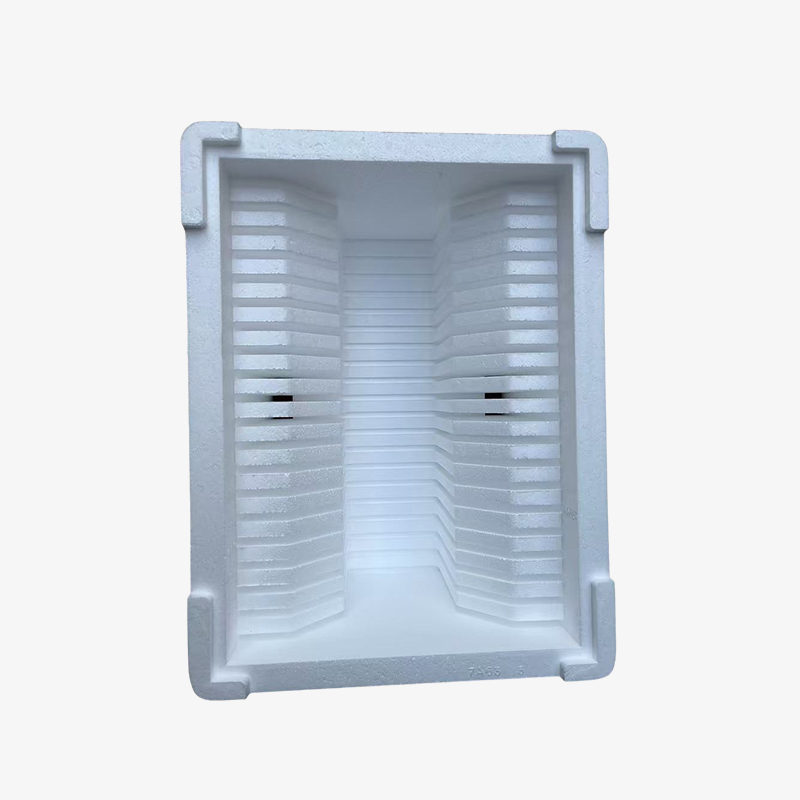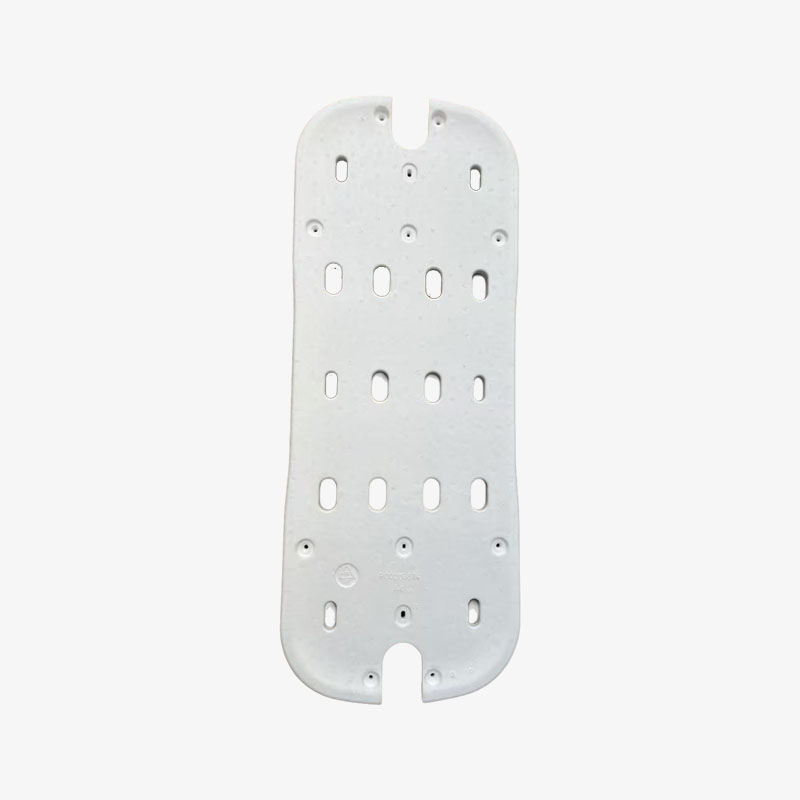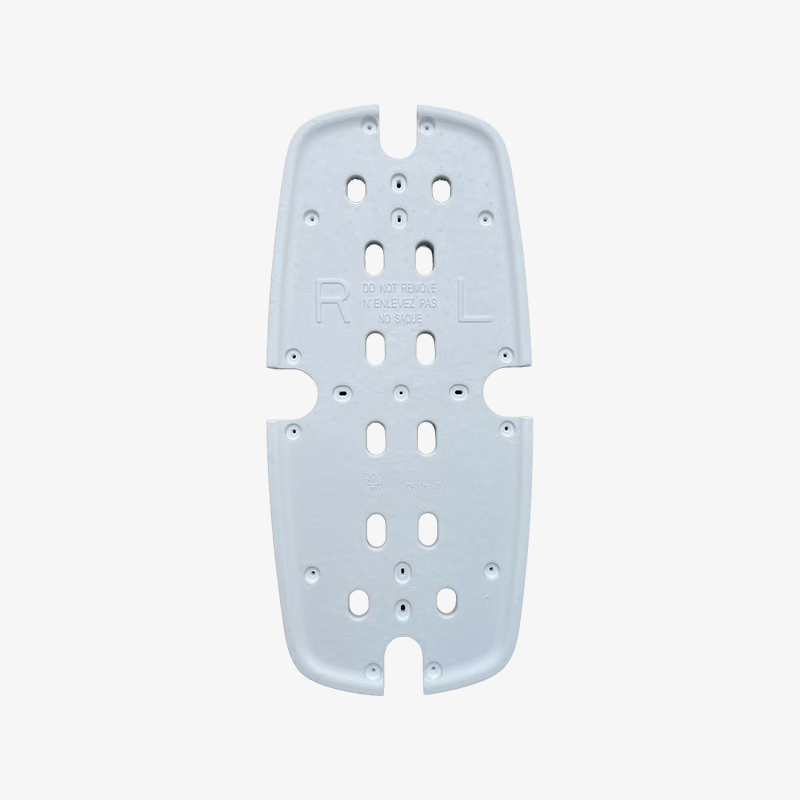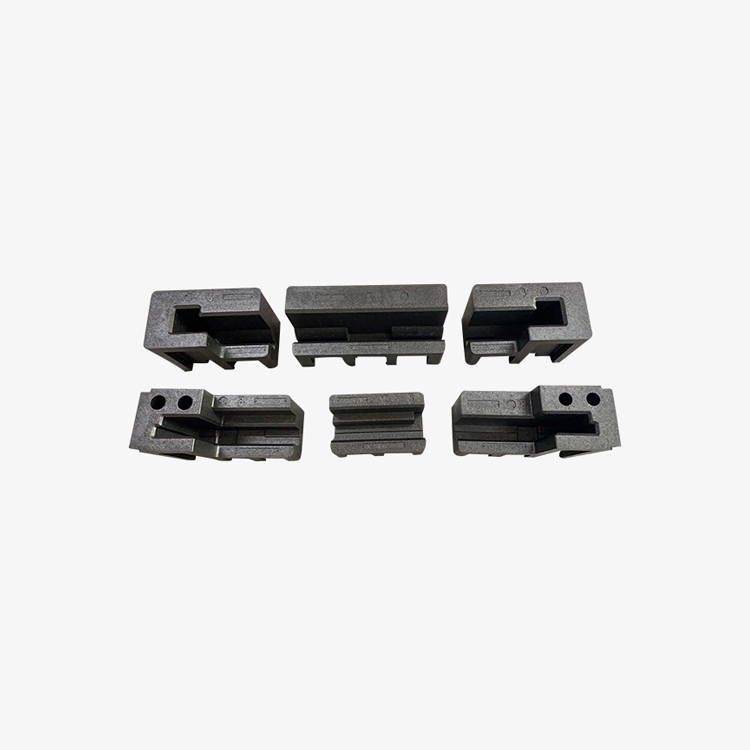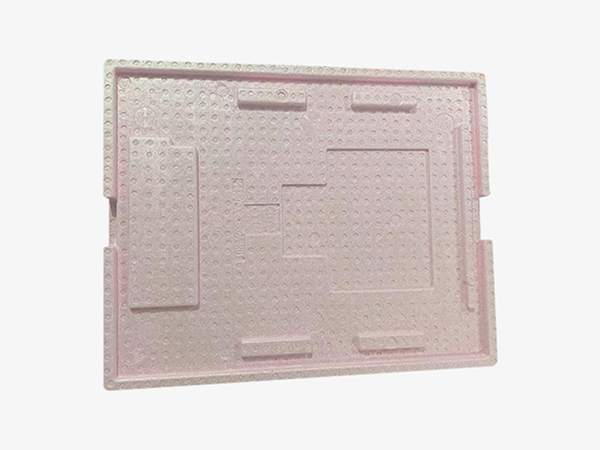With the increasing awareness of environmental protection among people, various automakers have become increasingly strict in controlling the air quality inside vehicles, which has put forward higher requirements for non-metallic materials used in car interiors. EPP materials emit less volatile organic compounds (VOCs) and have a lower odor. At the same time, they have excellent comprehensive performance and lighter weight, which makes them increasingly used in automotive interior parts. At present, the interior components that have been developed and applied include car interior cushions, seat systems, luggage tool boxes, steering wheels, sun visors, heavy-duty vehicle sleepers, and under sleeper toolboxes.
1. Automotive interior cushion blocks
At present, most of the cushion materials used for automobile interior decoration are ethylene propylene diene monomer (EPDM), recycled PUR foam, EVA foam, EPS foam, etc. They are mainly used in the ceiling, wrap frame guard, spare tire bin, floor channel, carpet and other parts, playing a role in vibration reduction and support.
However, these materials generally have problems such as high density, strong odor, and high VOC emissions, which cannot meet the current requirements for lightweighting and improving the air quality inside cars. EPP material has good energy absorption and impact resistance, and a wide density range can meet the usage conditions of different parts, making it a preferred alternative material for interior cushion blocks.
The application case of EPDM cushion block and recycled PUR foam cushion block replaced by EPP foam cushion block in Hongqi car. Due to its good formability, EPP materials can be used to prepare cushion block products with different shapes. 2 is the quality comparison of the parcel shelf guard board cushion block. It can be seen that the total weight of EPP cushion block is 8.8 g, while the total weight of PUR foam cushion block of the same volume is 51.9 g, so the use of EPP material will have a very good lightweight effect. At the same time, because EPP foam is light in weight and uses relatively few raw materials, EPP foam also has a certain price advantage, which is the weight reduction and cost reduction of three kinds of cushion blocks for Hongqi vehicles before and after the replacement of EPP materials. It can be seen from the table that EPP materials have obvious advantages in weight reduction and cost compared with other cushion block materials.
2. Car seat system
EPP material is mainly used in car seat systems for headrests, seat cushions, and seat backrests. EPP material itself has excellent elasticity and impact resistance, therefore, EPP seat headrests can effectively protect the head and neck safety of drivers and passengers when subjected to impact. The current car seat cushion is mainly made of PUR foam material. The PUR foam is equipped with a steel wire frame in the middle, which plays a supporting role and prevents the occupants from sinking. However, this structure directly leads to problems such as heavy seat cushions, strong odors, and the emission of a large amount of small molecule harmful substances, which is not conducive to the lightweighting of cars and the improvement of indoor air quality.
After the PUR foam is partially replaced by EPP foam, because EPP is a hard foam material with good compression resistance and strength support, the material itself has the function of preventing passengers from sinking, which reduces the use of steel wire skeleton in the seat cushion, and the replacement of steel with plastic has an unusually good weight reduction effect. At the same time, because of the good smell and low VOC emission performance of EPP material, its large-scale application will also greatly help to improve the air quality in the vehicle. 3 is the currently developed EPP seat cushion.
3. Heavy duty vehicle sleeper toolbox
In heavy-duty vehicles, the use of high-density EPP materials to manufacture sleeper toolboxes replaces traditional steel plate welding toolboxes, and the weight reduction effect is very significant under the condition that the mechanical properties meet the requirements for use. There are literature reports that after using EPP material, the mass of the entire toolbox decreased by about 10 kg compared to the original toolbox. At the same time, the good thermal insulation and sound insulation performance, as well as energy absorption and vibration reduction performance of EPP material, can effectively block the thermal radiation and noise emitted by high-power engines of heavy-duty vehicles, and improve the vibration inside the vehicle, which makes the interior of the cab have a better driving and riding environment. It is currently the developed EPP sleeper toolbox.
4. Car trunk tool box
EPP car trunk tool box, due to its good oil resistance, wear resistance, and anti vibration and buffering performance, can effectively embed the accompanying tools inside and has a very good fixing effect. At the same time, the current EPP material density used in tool boxes is mostly 20-30 kg/m3, with small weight and good lightweight effect. Therefore, EPP material has been widely used in car accompanying tool boxes.
Based on its advantages of low odor, low emission, lightweight, and good comprehensive performance, EPP material is also widely used in interior components such as car steering wheels, door inner panels, door armrests, and trunk covers. The use temperature of EPP material can reach 120 ℃. Under the working condition of high temperature, EPP foam has more advantages than other foam materials. Therefore, EPP is also commonly used for sun visors, instrument panel insulation and other parts exposed to direct sunlight. 6 is the EPP sunshade filling layer.
5. Conclusion
Compared with other foam materials, EPP materials have excellent odor and low VOC emission performance, as well as light weight, good cushioning, high heat resistance temperature, 100% recyclability and other characteristics. Therefore, EPP materials have stronger advantages in the development of vehicle lightweight and the improvement of air quality in vehicles. It can be foreseen that EPP will further replace heavy and odorous materials in automotive interiors, thereby increasing the proportion of EPP materials in automotive interior parts.
At present, EPP materials have been widely used in interior parts. However, due to the unique properties of foam materials (low strength, poor appearance quality, etc.), there is still a big gap between them and the use requirements of structural parts and exterior parts. With the advancement of molding technology and mold technology, there are currently EPP surface plasticization technology, plasticizing skin texture technology, surface coating technology, etc. Combining these technologies, it is believed that EPP materials will further leverage their unique advantages in future lightweight and healthy cabins, thereby expanding their application scope in automotive interiors.

